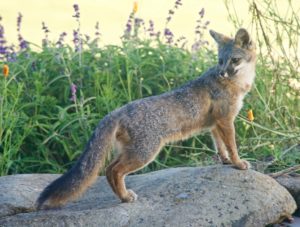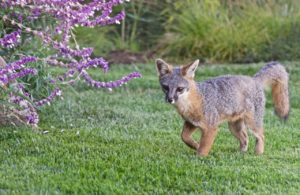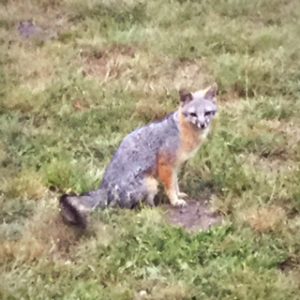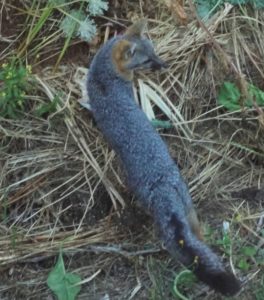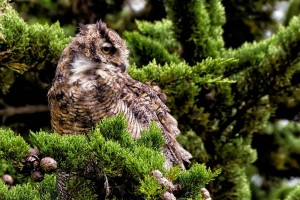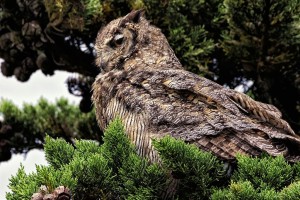Craig Tooley spotted this Spotted Towhee feeding her hungry chick. The chick is on the right, with its beak open wide.
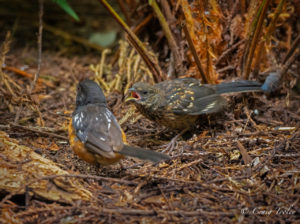 Here's a photo of a Spotted Towhee taken some years ago by Bill Frizzell. They are beautiful birds that love to search for seeds, berries and insects on the ground. We often see them at our place, underneath the bird feeder. The Steller's Jays often knock seed out of the feeder, thus helping out the Spotted Towhees.
Here's a photo of a Spotted Towhee taken some years ago by Bill Frizzell. They are beautiful birds that love to search for seeds, berries and insects on the ground. We often see them at our place, underneath the bird feeder. The Steller's Jays often knock seed out of the feeder, thus helping out the Spotted Towhees.
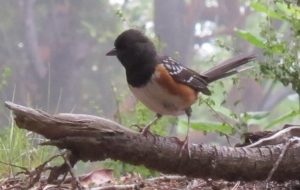 To hear their various calls, here is a link to the Cornell Lab of Ornithology: https://www.allaboutbirds.org/guide/Spotted_Towhee/sounds
To hear their various calls, here is a link to the Cornell Lab of Ornithology: https://www.allaboutbirds.org/guide/Spotted_Towhee/sounds
The third call on their list, the California recording, is what I often hear.
Thanks to Craig and Bill for allowing me to share their photos with you here. To see much more of Craig's nature photography, here is the link to his website: www.ruffimage.com

